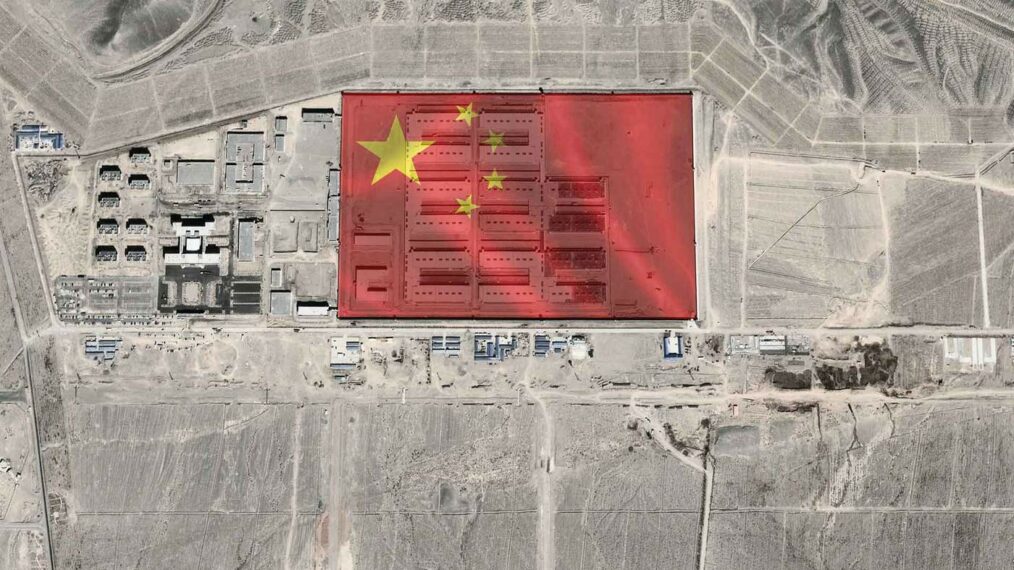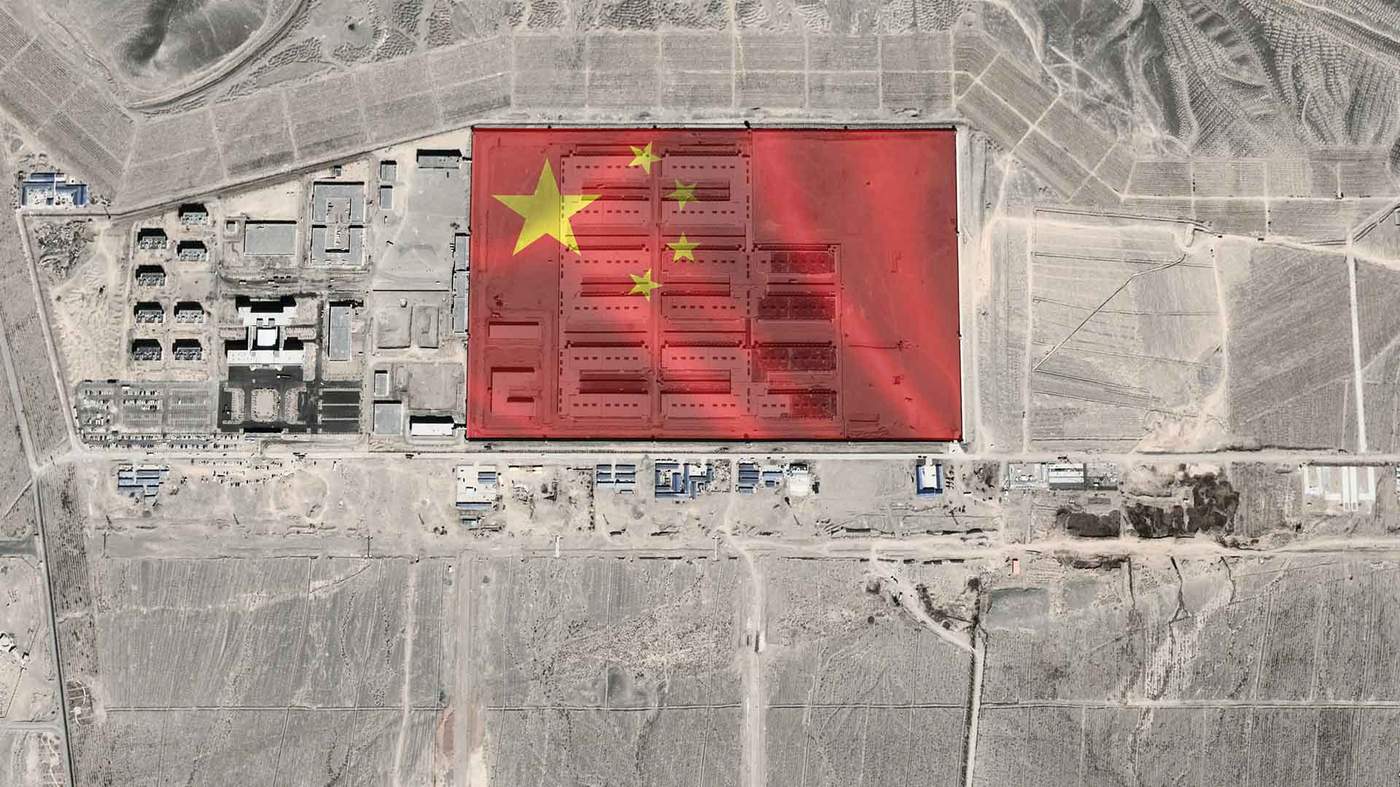
Since November, over 60,000 refugees have fled from Nigeria in fear of Boko Haram. Image Source: IRIN
Boko Haram, or the Islamic State in West Africa, is a formally nonviolent militant organization based in Nigeria, Chad, Niger, and Cameroon. The group aims to “purify” Nigeria and other territories based on their own Salafist ideals. Clashes with the Nigerian government in 2009 over an investigation into the organization sparked a violent uprising, which has escalated in years since.
Decade Long Crisis
Boko Haram’s persistent insurgency in Nigeria has claimed tens of thousands of lives, and displaced millions since it began in 2009. It is estimated that about 35,000 individuals have been killed in the insurgency, making this conflict the region’s deadliest of all time. The United Nations Refugee Agency claims that attacks across the Lake Chad Region have left over 2.5 million individuals displaced, including 250,000 individuals from Nigeria alone.
On February 5th, President Muhammadu Buhari declared that Boko Haram had been “decimated.” He stated that his government had achieved enormous feats in the campaign against Boko Haram, and had reduced their criminal activity to a minimum. While major military operations by the Nigerian military have been able to contain and significantly degrade the organizations territory, Boko Haram remains a major threat which has continued to devastate northeastern Nigeria. The continued attacks have limited Nigeria’s economic development, disrupted community life, destroyed infrastructure, and now pose a threat to the upcoming general elections.
Increased Severity of Attacks
Since November, a wave of renewed attacks has forced over 60,000 Nigerians to flee their homes and marked the highest level of disruption in over two years. Attacks in recent months by Boko Haram have also become increasingly deadly. On November 18th of last year, Boko Haram infiltrated a military base in Metele of northeast Nigeria. They were able to overpower Nigerian troops, loot valuable military equipment, and allegedly kill over one hundred soldiers- essentially destroying the base.
Earlier this year, Boko Haram attacked the city of Rann in northeast Nigeria after the withdrawal of troops left the town vulnerable to attack. The town had been set up as a shelter area for the millions of individuals displaced in the conflict. Around 9:00 am on January 28th, a group of Boko Haram fighters arrived to the town of Rann and set fire to the structures of the town in order to kill any displaced individuals still hiding. According to Amnesty International, the attack killed 60 individuals, making it the deadliest confirmed Boko Haram attack to date.

Satellite image of Rann, Nigeria after the January 28th Boko Haram attacks. The red coloring shows healthy vegetation, while the dark brown and black coloring shows areas heavily burned from the attack. Image Source: CNES/Airbus and Amnesty International
Is Military Inadequacy is Causing Vulnerability?
In recent months, Boko Haram has been escalating attacks, building their arsenal, and shifting tactics in order to remain a threat to the Nigerian military. As Boko Haram’s tactics have shifted away from conventional strategies- including increasingly sophisticated tactics such as the use of drones to track the military’s positions, the adaptation of foreign fighters, hiding within the local population, and the use of guerilla warfare tactics and infrastructural buildings- Nigerian forces have struggled to adequately adapt to new threats.
Nigeria’s defense strategy has left them increasingly vulnerable to attack. While Boko Haram’s attacks have been escalating, security in northern Nigeria has been deteriorating, and troops have been provided with inadequate weaponry and equipment. Despite Nigeria’s large military defense budget, it appears as though troops have been pulled out of high-risk regions and left without sufficient weapons. Even further, according to Lieutenant-Colonel Sean McClure, the Nigerian military has not been able to adjust to the advancing threat of Boko Haram, and continues to rely on conventional warfare tactics. Without a change in their military strategy, the Nigerian Army may not be able to defeat Boko Haram in the near future- and with elections soon approaching, many question how the next government can regain control of the country.






